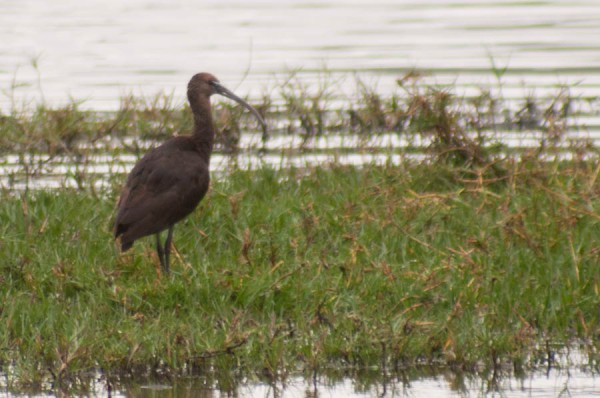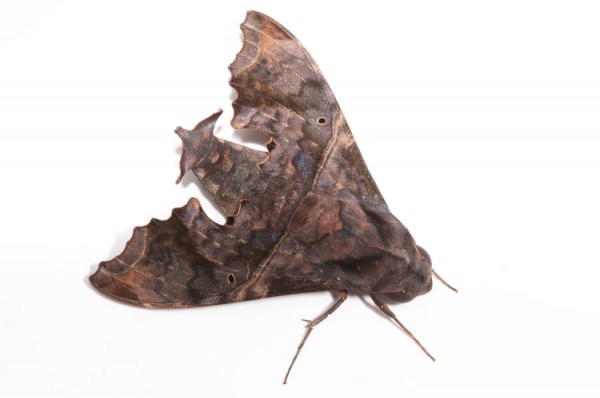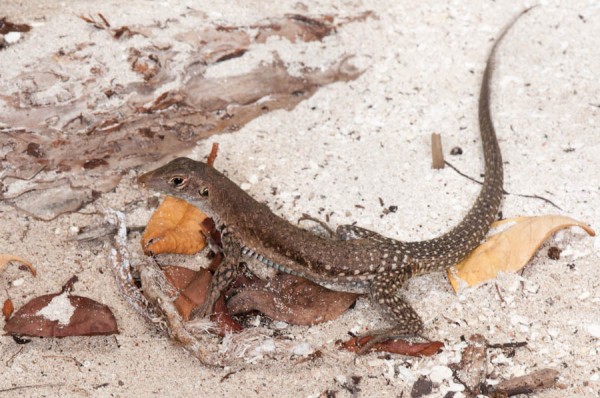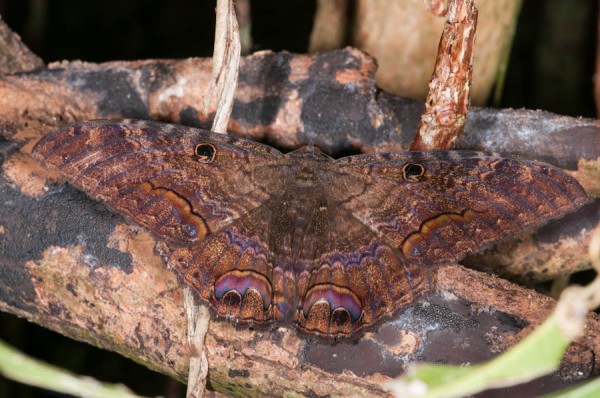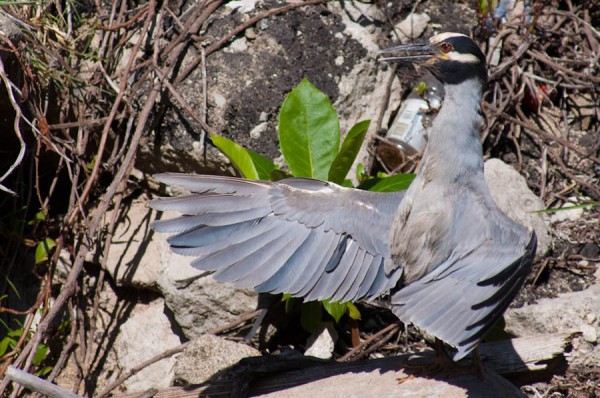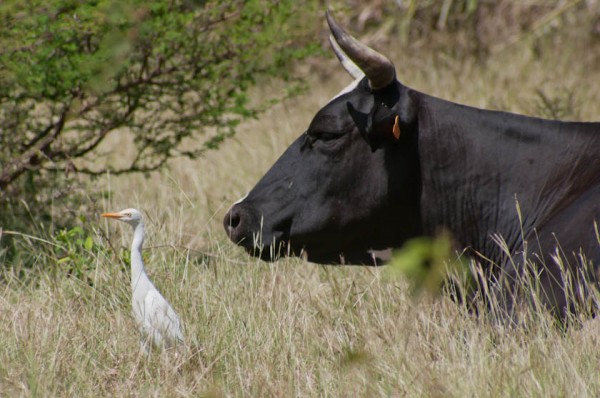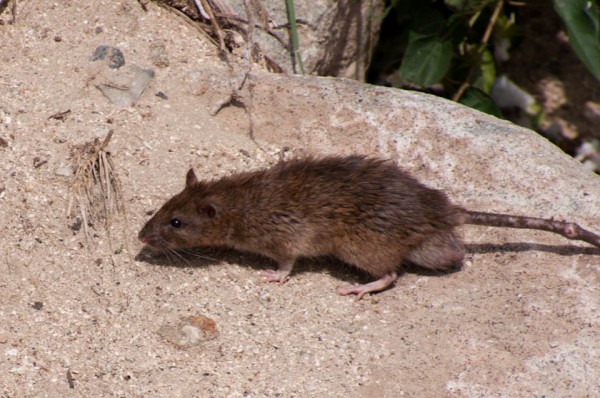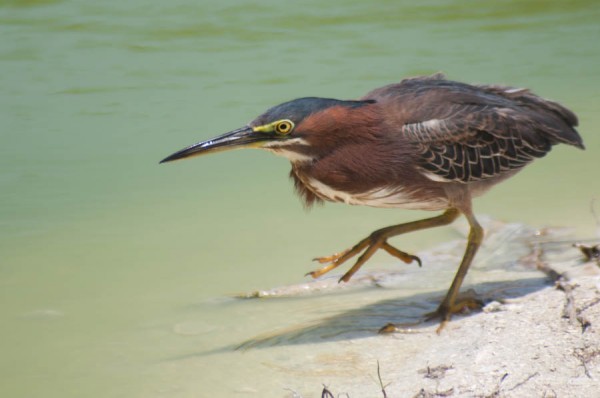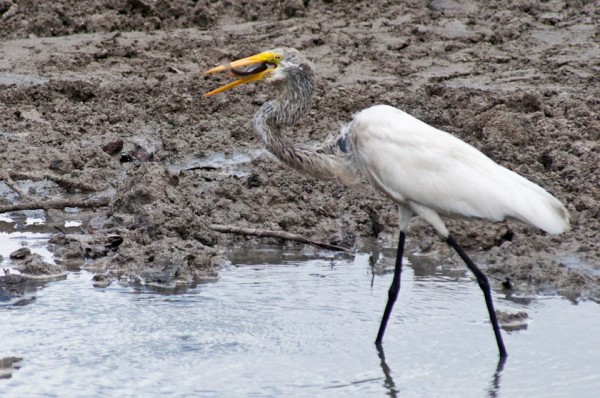Sleepin’ Lizard
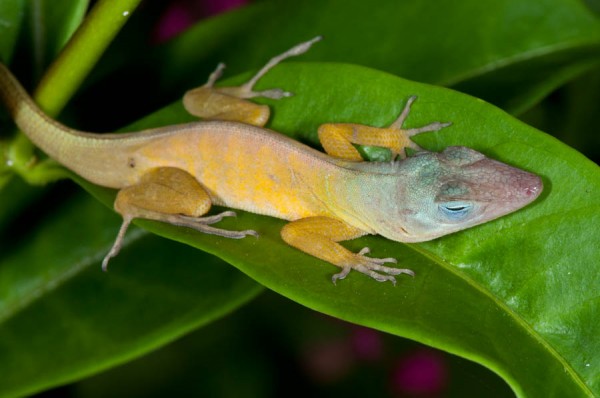
This little lizard lives only on St. Martin. It used to live on Anguilla, but was last collected there in 1922. It’s scientific name is Anolis pogus. The name pogus was given to this lizard by the herpetologist James “Skip” Lazell. He named the lizard after the cartoon character Pogo the Possum to make a point that scientific names don’t […]

